Wine Fermentation Tank
Types of Wine Fermentation Tanks
Wine fermentation tanks come in all shapes, sizes, and materials. From sleek stainless steel giants to rustic oak barrels and funky concrete eggs, the choice impacts how your wine will taste and age. Here’s a breakdown:
Stainless Steel Tanks: The go-to for modern winemakers. They’re non-reactive, easy to clean, and offer precise temperature control. Stainless steel tanks are ideal for white wines and rosés where freshness, purity, and crisp acidity matter. Bonus? They last forever.
Oak Barrels: Old school, but far from outdated. Oak fermentation gives wines more complexity, body, and those delicious vanilla and spice notes. Great for reds or complex whites like Chardonnay. Downsides? They’re pricey, need more care, and offer less control over fermentation conditions.
Concrete Tanks: Yeah, concrete. Surprisingly, it’s a favorite among artisanal winemakers. Concrete tanks allow micro-oxygenation (like oak) but without adding flavor. The result is a pure, expressive wine with smooth texture. They’re also durable and keep temperatures stable.
Plastic Tanks: These are light, cheap, and easy to move around, making them perfect for hobbyists or small-scale producers. However, plastic can absorb flavors and odors over time, and it’s less durable in the long haul.
Flex Tanks: Think of these as high-tech plastic tanks that simulate oak aging with special inserts. They’re popular in boutique wineries looking to balance cost and flavor complexity.
| Tank Type | Material | Best For | Pros | Cons |
|---|---|---|---|---|
| Stainless Steel | Stainless Steel | Crisp whites, rosés | Easy to clean, precise control, durable | Expensive upfront |
| Oak Barrel | Oak Wood | Full-bodied reds, Chardonnays | Adds complexity, micro-oxygenation | Expensive, labor-intensive |
| Concrete Tank | Concrete | Natural/minimalist wines | Stable temp, gentle micro-oxygenation | Heavy, requires maintenance |
| Plastic Tank | Food-grade plastic | Small batches, home winemakers | Affordable, lightweight | Can retain odors, not very durable |
| Flex Tank | Polyethylene | Balanced wines | Simulates oak, affordable, versatile | Not as traditional or long-lasting |
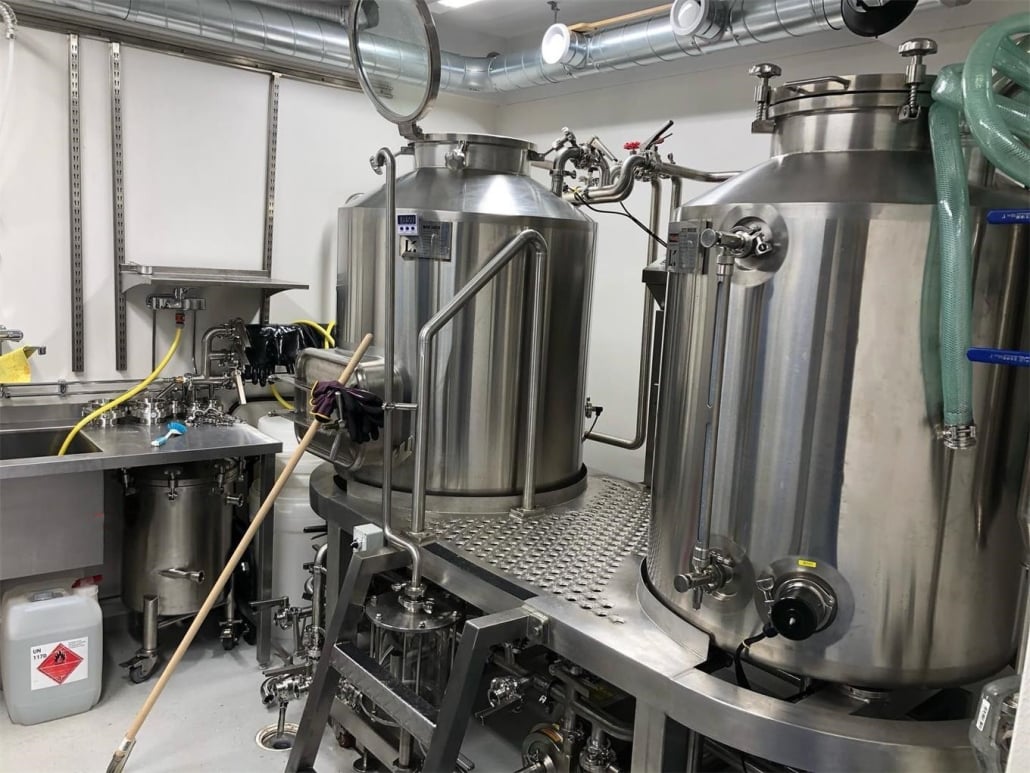
Key Features to Consider in a Wine Fermentation Tank
When it comes to buying a wine fermentation tank, it’s not just about size or material. The devil’s in the details. What separates a mediocre tank from a game-changer?
Temperature Control: Fermentation is a heat-generating process. A tank that can maintain a consistent temperature is worth its weight in grapes. Stainless steel tanks often come with built-in cooling jackets or temperature probes.
Shape and Size: The shape affects cap management (that’s how you deal with the skins and solids that float to the top). Wider tanks mean better skin contact for reds, while narrower tanks are better for whites. Size depends on your production scale. Think anywhere from 30 liters for home batches to 20,000+ liters in commercial wineries.
Drainage and Racking Valves: Tanks with sloped bottoms and multiple valves make it easier to separate the wine from the lees (sediment), which is key for clarity and taste.
Cleaning Access: Manways, spray balls, and smooth inner walls matter. No one likes scrubbing gunk off uneven surfaces.
Oxygen Exposure: Do you want your wine to breathe or not? Tanks with oxygen-permeable materials (like oak or concrete) let in tiny amounts of air, which can soften tannins and add depth. Others, like stainless steel, are completely airtight.
Mobility and Stackability: If you’re tight on space or plan to scale up, look for stackable or mobile tanks with built-in wheels.
How Wine Fermentation Works
So what actually happens inside that shiny tank or that ancient oak barrel?
In short: yeast eats sugar and poops alcohol. Okay, it’s a little more refined than that, but that’s the core of it.
Here’s the breakdown: after grapes are crushed, the juice (along with skins and seeds for reds) goes into the fermentation tank. Natural or added yeasts convert sugars in the juice into alcohol and carbon dioxide. This exothermic process (yes, it generates heat) usually lasts 5-14 days, depending on the wine style and temperature.
Red wines are fermented with the skins to extract color and tannins. White wines are usually pressed first and then fermented without skins. Temperature is key: cooler temps preserve fruitiness and aromatics, while warmer temps enhance extraction.
Once fermentation finishes, the wine might undergo malolactic fermentation (especially reds), turning sharp malic acid into smoother lactic acid. From there, it’s off to aging or bottling.
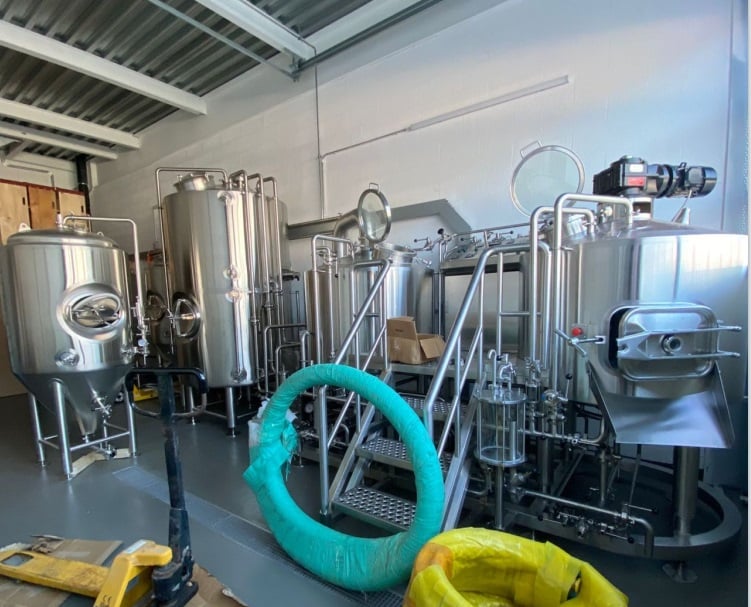
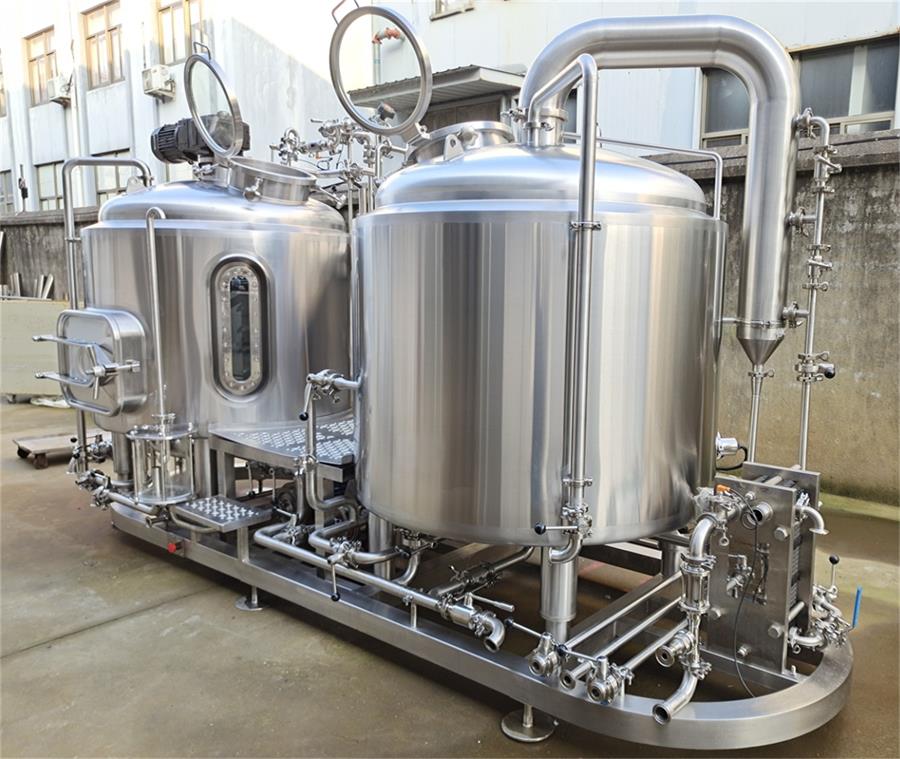
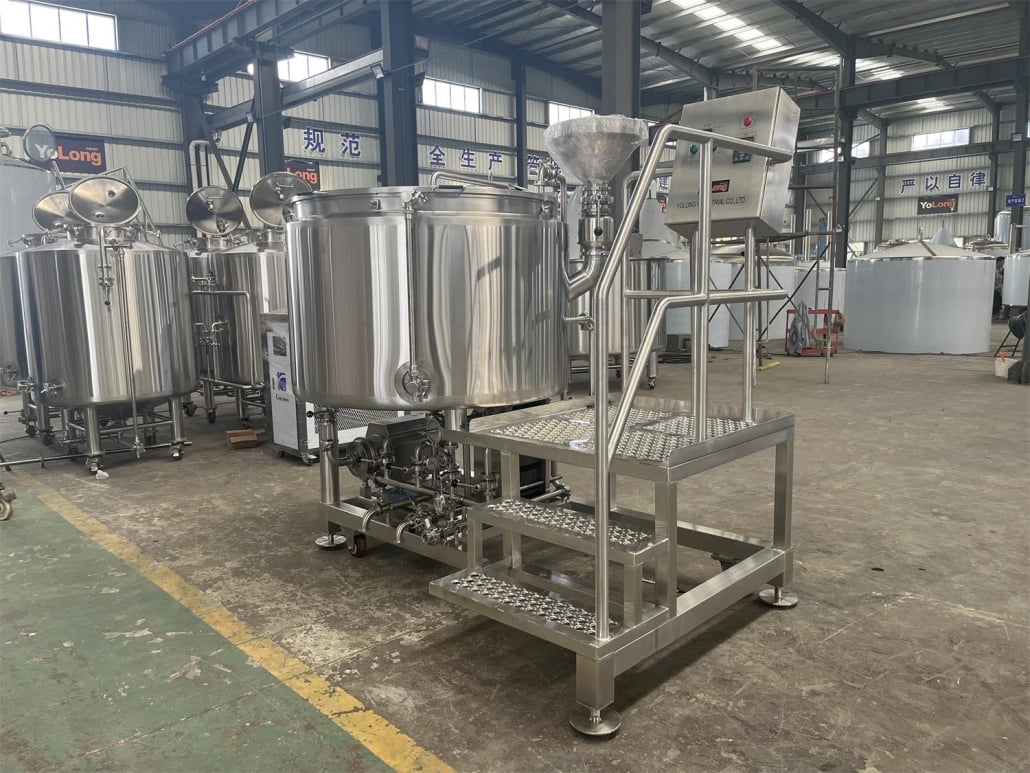
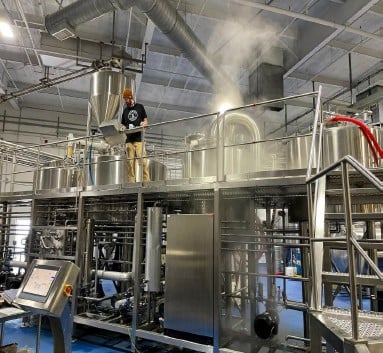
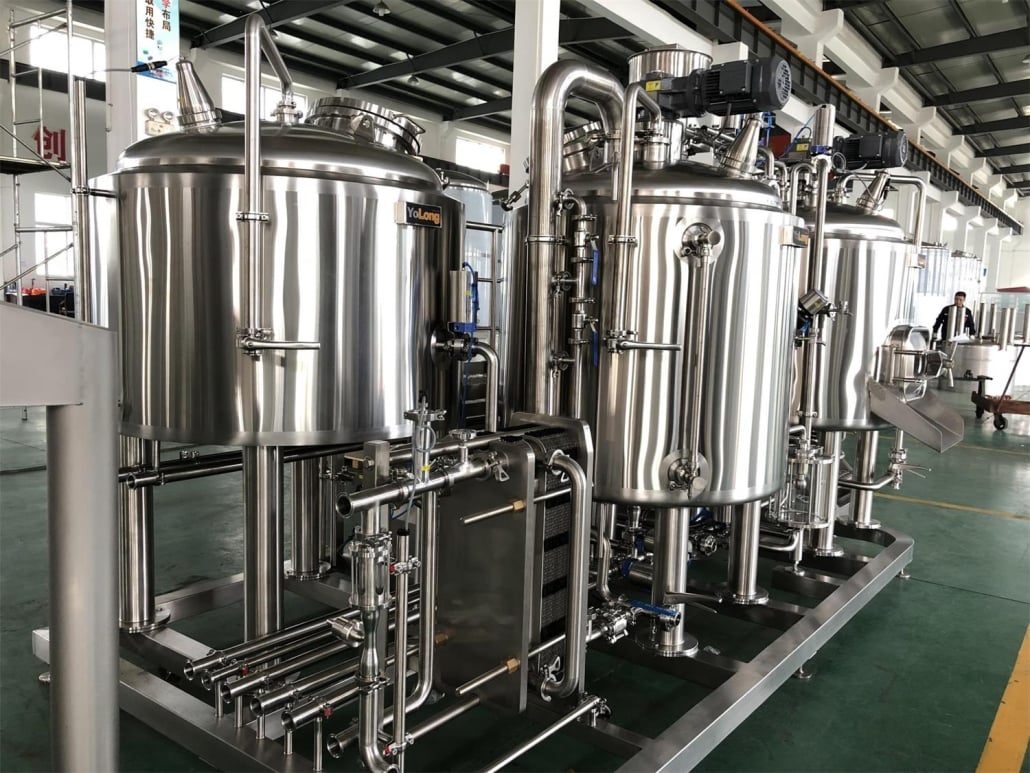
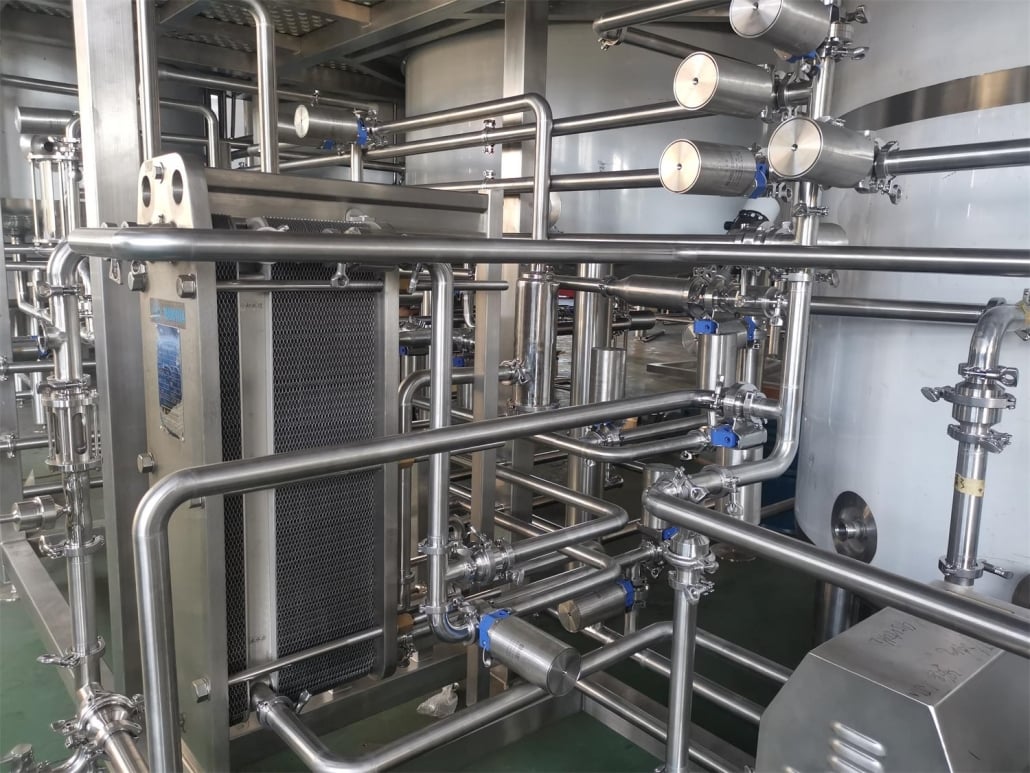
How to Choose the Right Fermentation Tank
Choosing your fermentation tank isn’t like picking out a new toaster. It’s more like finding a dance partner – it has to match your rhythm, your style, and your long-term goals.
Start with your wine style. Are you focusing on bright, clean whites? Go stainless steel. Want bold reds with texture? Oak or concrete might be your thing. Producing on a small scale? Flex or plastic tanks are cost-effective and forgiving.
Consider your budget. Stainless and oak are pricey but last longer. Concrete has low ongoing costs but high setup effort. Plastic is cheap but may need replacement sooner.
Think about your space and logistics. Can you lift that tank? Does it fit through your cellar door? Do you need temperature control? Portability? Drain valves?
User experience matters too. Do you enjoy the precision of stainless or the tradition of oak? Do you want techy tools like temperature automation, or do you prefer hands-on touch-and-feel winemaking?
| Factor | Stainless Steel | Oak | Concrete | Plastic |
|---|---|---|---|---|
| Style Suitability | Whites, Rosés | Reds, Chardonnay | Minimalist wines | Entry-level |
| Price Range (USD) | $1,000 – $20,000 | $600 – $1,500/barrel | $3,000 – $15,000 | $100 – $800 |
| Temperature Control | Excellent | Low | Moderate | Limited |
| Durability | Very High | Medium | High | Low |
| Flavor Impact | Neutral | High | Low | Neutral |
Maintenance and Cleaning Tips for Wine Fermentation Tanks
Here’s a truth most winemakers won’t argue with: cleaning is 50% of winemaking. Dirty tanks can ruin your wine faster than a bad yeast strain. So let’s get into the nitty-gritty.
Stainless Steel: These are the easiest. Use hot water and citric acid or tartaric acid for routine cleaning. Sanitize with peracetic acid or SO2. Avoid abrasive pads to protect the mirror finish.
Oak Barrels: Tricky but worth it. Rinse immediately after use, avoid soap, and use ozone, hot water, or sulfur wicks for sanitation. Rotate barrels regularly to avoid dry spots that cause cracking.
Concrete Tanks: Clean with citric acid and steam. Since they’re porous, avoid harsh chemicals that can seep in. Some are lined with epoxy for easier care.
Plastic Tanks: Use mild, non-scratch cleaners. Rinse thoroughly to avoid residual flavors. Check for cracks and UV damage regularly.
| Tank Type | Cleaning Frequency | Recommended Method | Special Considerations |
|---|---|---|---|
| Stainless | After each use | Hot water, acid-based cleaner, sanitizer | Avoid abrasives |
| Oak | Weekly + per use | Hot rinse, ozone, sulfur wicks | Keep hydrated, avoid soap |
| Concrete | After each batch | Steam, citric acid | Avoid aggressive chemicals |
| Plastic | After each use | Gentle cleaner, rinse well | Watch for scratches, replace if worn |
Where to Buy Wine Fermentation Tanks
When you’re ready to take the plunge, where do you buy these wine-making beasts?
Specialty Winemaking Suppliers: These are your best bet. Look for brands like Speidel, Letina, or Flextank. They offer everything from 50-liter hobby tanks to 10,000-liter commercial vessels.
Used Equipment Marketplaces: Sites like WineBusiness.com or even eBay have used tanks at a discount. Just inspect for damage or contamination history.
Direct from Manufacturers: Many producers will custom-make tanks to your specs. This is ideal if you have unique needs like jacketed cooling or odd cellar dimensions.
Local Distributors: In wine regions like Napa, Sonoma, or Bordeaux, local suppliers can offer advice, delivery, and even installation.
| Source | Advantages | Disadvantages |
|---|---|---|
| Specialty Suppliers | Expert advice, warranty, range of options | Higher cost |
| Used Marketplaces | Lower price, wide availability | Risk of damage or contamination |
| Manufacturers (Direct) | Customization, quality control | Longer lead times, minimum orders |
| Local Distributors | Personalized service, easier logistics | May have limited stock or models |
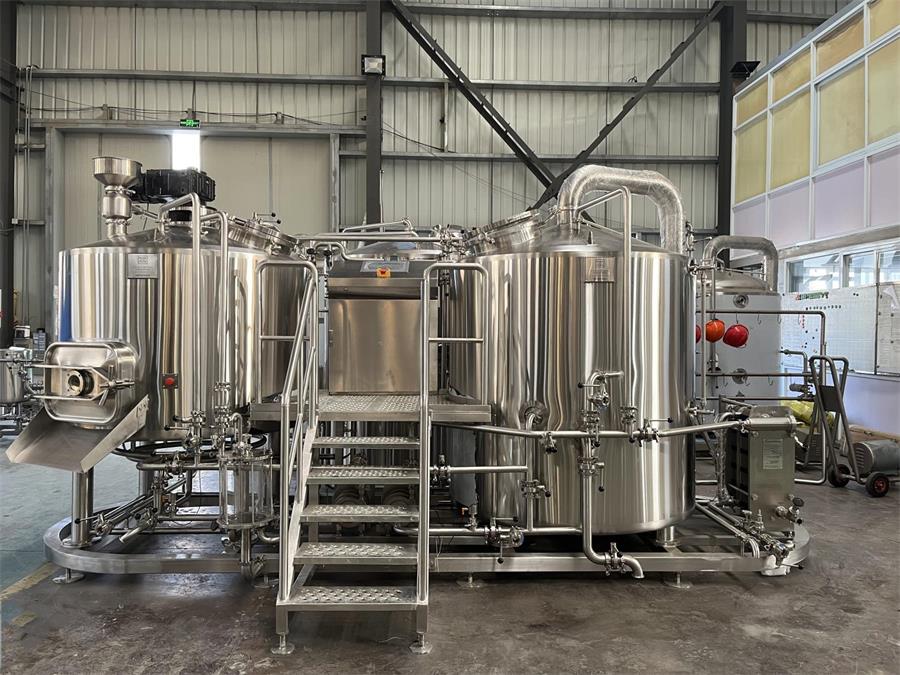
FAQ
| Question | Answer |
|---|---|
| What size fermentation tank do I need? | Depends on batch size. A 200-liter tank fits about 264 bottles. Scale accordingly. |
| Can I ferment both red and white wine in the same tank? | Yes, but clean thoroughly between uses to avoid flavor crossover. |
| Do I need temperature control for home winemaking? | Not mandatory, but it helps consistency, especially in hot or cold climates. |
| How long does fermentation take? | Typically 5-14 days. Whites ferment cooler and slower; reds are faster and warmer. |
| Are plastic tanks safe? | Yes, if made from food-grade material and used properly. Avoid long-term storage. |
| How much do fermentation tanks cost? | Prices range from $100 for small plastic tanks to $20,000+ for large stainless vessels. |
| Is stainless steel better than oak? | Depends on the wine style. Stainless preserves fruit; oak adds depth and character. |
| What maintenance is required for fermentation tanks? | Regular cleaning, inspection for damage, and proper storage when not in use. |
Additional FAQs on Wine Fermentation Tanks (2025)
1) Do jacketed stainless wine fermentation tanks significantly reduce temperature spikes during peak ferment?
- Yes. Dual-zone glycol jackets can cut peak temp excursions by 3–6°C versus non-jacketed vessels, improving aroma retention and reducing volatile acidity risk.
2) Are concrete eggs still relevant in 2025 and how do they impact mouthfeel?
- They’re widely used for texture-driven whites and light reds. Their thermal mass and gentle convection can enhance mid-palate weight without adding oak flavors.
3) What’s the best valve and gasket spec for acidic wine must?
- 304/316 stainless tri-clamp fittings with EPDM or PTFE gaskets are standard. Avoid buna-N in high SO2/acid conditions due to swelling and flavor carryover.
4) How do I size headspace for red wine ferments?
- Target 15–20% headspace to accommodate cap rise and CO2. Add variable-cap lids or floating lids on tanks used for post-ferment storage to minimize oxygen pickup.
5) What are the most efficient CIP options for medium wineries?
- Fixed spray balls (or rotary spray devices) paired with 60–70°C recirculating alkaline wash, followed by citric/tartaric passivation and peracetic acid sanitizing. Validate with ATP swabs.
2025 Industry Trends in Wine Fermentation Tanks
- Rapid adoption of variable-cap stainless tanks with integrated load cells for precise fill, cap management, and racking.
- Greater use of jacketed, insulated small-format tanks (1–5 kL) for premium micro-lots to maintain terroir expression with tight temp control.
- Sustainability push: heat-recovery from glycol condensers for hot water pre-heat; increased recycled stainless content and lifecycle assessments in purchasing decisions.
- IoT/SCADA integration for tank farms: continuous logging of temp, Brix, and dissolved oxygen, supporting HACCP and retailer audits.
- Renewed interest in neutral oak uprights and concrete for texture, with epoxy-lined options to simplify sanitation.
- Supply chain: lead times for custom stainless tanks remain 8–20 weeks; costs stable to slightly up YoY due to labor and freight.
2025 Market Snapshot and Equipment Metrics
| Metric (2025) | Typical Value/Range | Notes/Source |
|---|---|---|
| Jacketed stainless tank (3,000–10,000 L) | $6,500–$32,000 USD | Vendor catalogs; EU/US manufacturers |
| Concrete egg (1,600–2,500 L) | $4,500–$12,000 USD | Pricing varies by lining and freight |
| Variable-cap tank premium vs fixed-lid | +8–15% | Added mechanism and seals |
| Typical glycol load per 10,000 L active ferment | 10–18 kW | Depends on ambient and target temp |
| DO target during white wine ferment transfers | <0.3 mg/L | WSET/industry QC guidance |
| Lead time (custom ports/jackets/manways) | 10–20 weeks | Longer during harvest build season |
Selected sources: Wine Business Monthly equipment surveys (2024–2025), manufacturer price sheets (Letina, Speidel, Della Toffola), academic/industry QC references (AWRI, UC Davis).
Latest Research Cases
Case Study 1: Variable-Cap, Jacketed Tanks Improve Aromatic White Retention (2025)
- Background: Coastal winery producing Sauvignon Blanc saw elevated thiol oxidation and variability across 5–10 kL lots.
- Solution: Upgraded to jacketed variable-cap stainless tanks with low-DO racking arms, inline DO meters, and closed-loop transfers; implemented fermentation at 12–14°C with staged nutrient additions.
- Results: Dissolved oxygen during transfers reduced from 0.8 mg/L to 0.2 mg/L; free thiol retention up 22% by GC-MS; panel scores for freshness/aromatics improved; reduction in stuck ferments by 50%.
Case Study 2: Concrete Eggs for Texture Without Oak in Grenache (2024)
- Background: Boutique producer sought mid-palate weight without oak flavor impact for a whole-cluster Grenache.
- Solution: Adopted 1,800 L concrete eggs with gentle pumpover regimen; post-ferment élevage in stainless on fine lees.
- Results: Measurable increase in perceived viscosity and roundness in sensory trials; volatile phenols unchanged; cleaning time comparable to stainless with epoxy-lined interior.
Expert Opinions
- Anita Oberholster, Ph.D., Associate Specialist in Cooperative Extension, UC Davis
- Viewpoint: “Temperature control and oxygen management during fermentation and transfers are the most cost-effective quality levers. Tank design that enables both will outperform material choice alone.”
- Source: UC Davis extension talks and publications on wine chemistry, 2024–2025
- Clark Smith, Winemaker and Author (Postmodern Winemaking)
- Viewpoint: “Concrete and neutral oak provide structure through micro-oxygenation while preserving terroir. Pair these with disciplined sanitation and low-oxygen handling for clarity of expression.”
- Source: Industry seminars and consulting, 2024–2025
- Paulo Lopes, Ph.D., Researcher in Enology and Oxygen Management
- Viewpoint: “Low-DO practices—closed racking, inert gas blankets, and appropriate gasket materials—are essential with modern fruity styles. Tank fittings matter as much as the vessel.”
- Source: Oxygen management research and conference proceedings, 2024–2025
Practical Tools and Resources
- Australian Wine Research Institute (AWRI) Knowledge Base: https://www.awri.com.au
- UC Davis Viticulture & Enology extension resources: https://wineserver.ucdavis.edu
- Wine Business Monthly equipment classifieds and surveys: https://www.winebusiness.com
- Letina stainless wine tanks: https://letina.com
- Speidel wine fermentation tanks: https://www.speidels-braumeister.de/en/wine
- Della Toffola wine processing and tanks: https://www.dellatoffola.us
- Dissolved oxygen meters (Hach, Hamilton): https://www.hach.com | https://www.hamiltoncompany.com
- Food-grade gasket suppliers (Tri-clamp, EPDM/PTFE): https://www.bpeusa.com
- HACCP Plan Builder (USDA): https://www.fsis.usda.gov/resources/haccp-plan-builder
Note: Verify stainless grades (304/316), pressure ratings, jacket specifications, and gasket/lining compatibility with acidic must and SO2. Confirm CE/UL/NSF compliance and local code requirements before purchase.
Last updated: 2025-09-29
Changelog: Added 5 FAQs, 2025 trends with market metrics table, two recent case studies, expert viewpoints with sources, and curated tools/resources
Next review date & triggers: 2026-03-31 or earlier if supplier pricing shifts >10%, DO/oxygen management standards are updated, or significant lead-time changes occur around harvest season
Share this entry
Interested in learning more about Brewing Systems including additional details and pricing information? Please use the form below to contact us!
YOLONG BREWERY EQUIPMENT FAQS
- Commercial Brewery / Craft Brewery / Microbrewery / Nanobrewery
- What is The Difference Between Craft Beer and Industrial Beer?
- The Bespoke Differences In Custom Brewing Systems
- Everything You Need to Know About Kettle Souring
- How to Choose Brewing Equipment for Your business?
- How To Choose The-Best Partner To Build Your Commercial Microbrewing System?
- Two Detection Sensors That You Need To Use In Your Brewhouse System
- Remote Control Applications in Brewing Equipment/How does it work?
- How To Clean Your Brand New Brewery Tanks?
